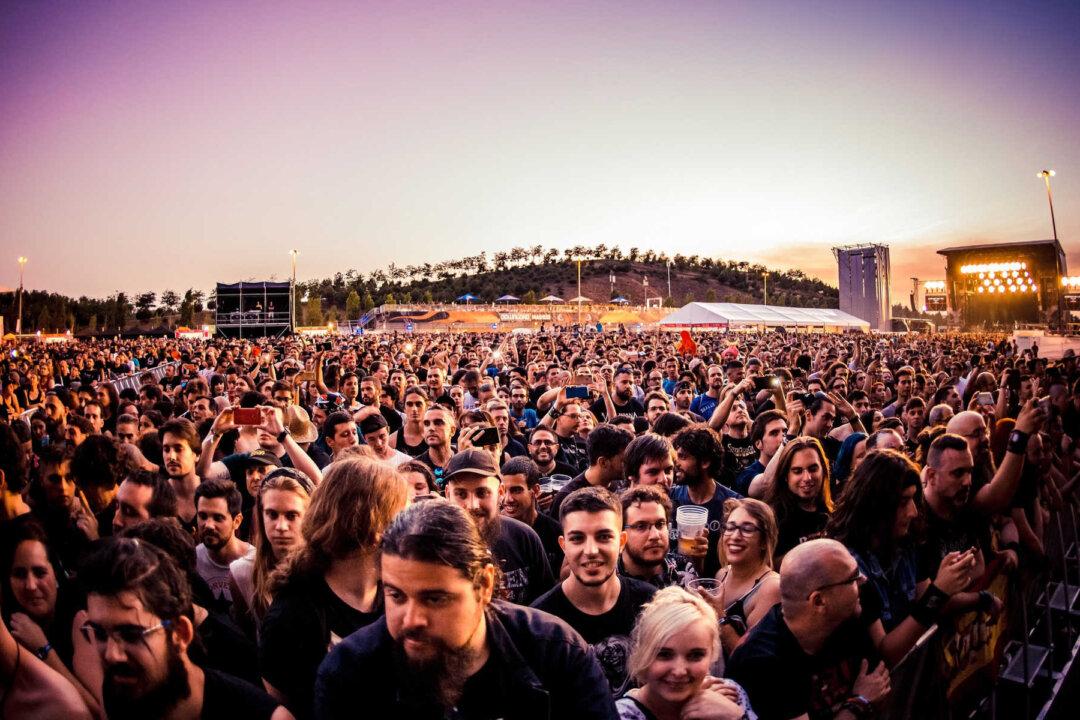Commentary
By April 2020, two months into the lockdowns, eminent Italian Philosopher Giorgio Agamben had put his finger on a point that was bugging many of us. He observed that the purpose of “social distancing”—really just a euphemism for confinement—was not intended merely as a temporary measure but a new structure for society itself.





